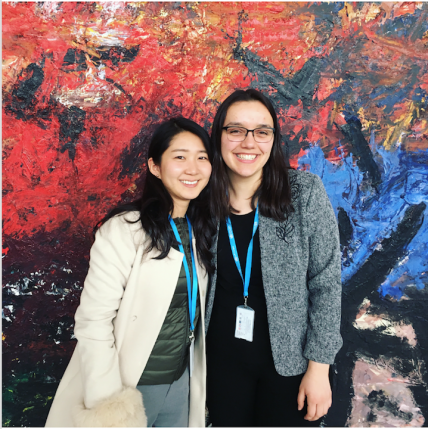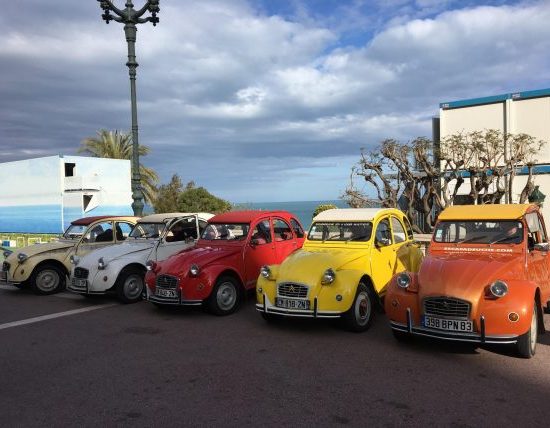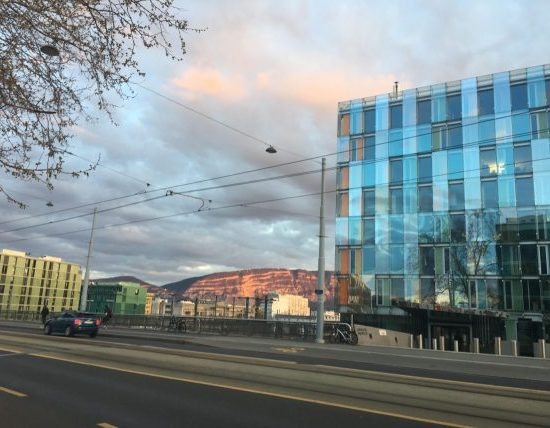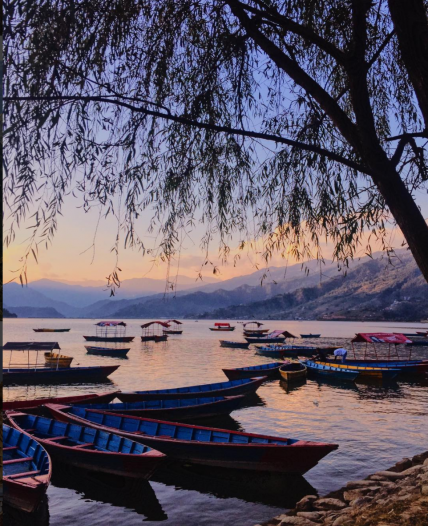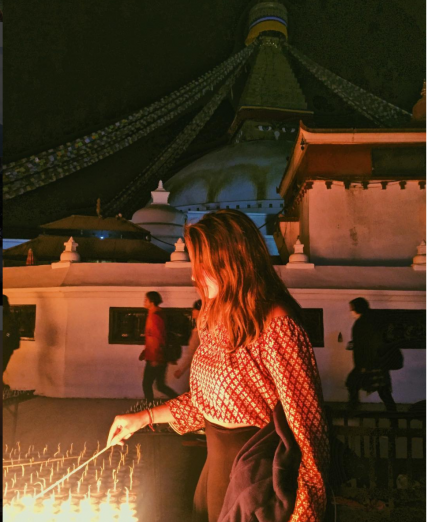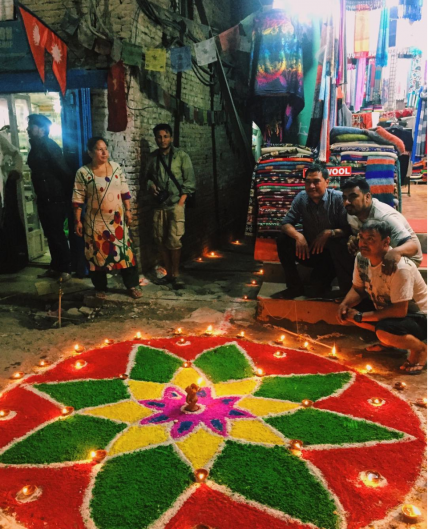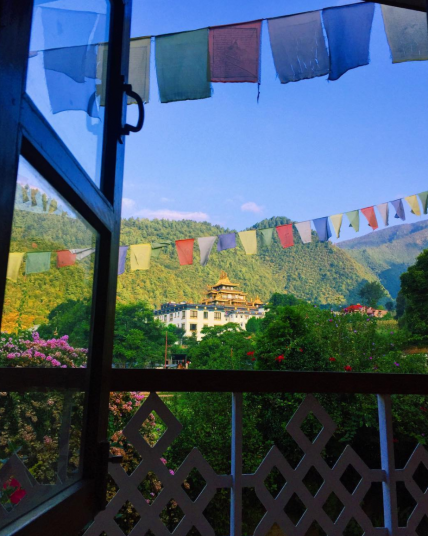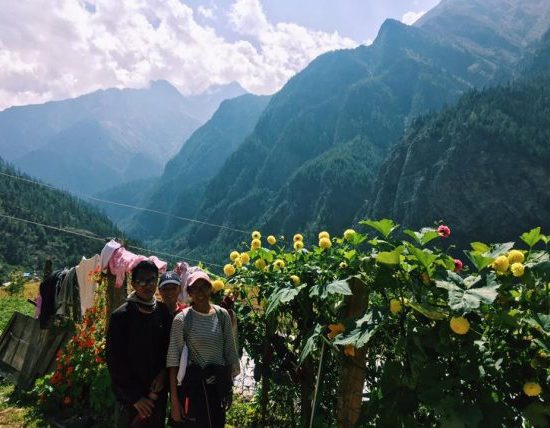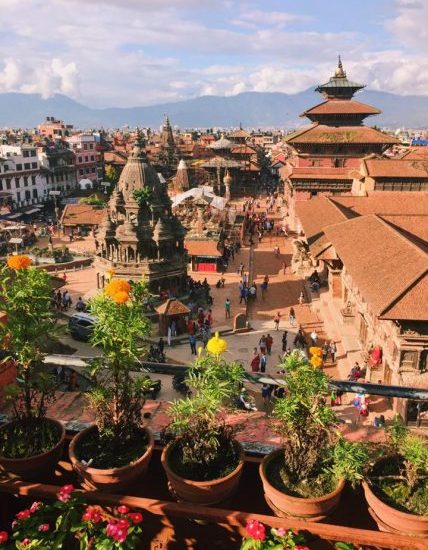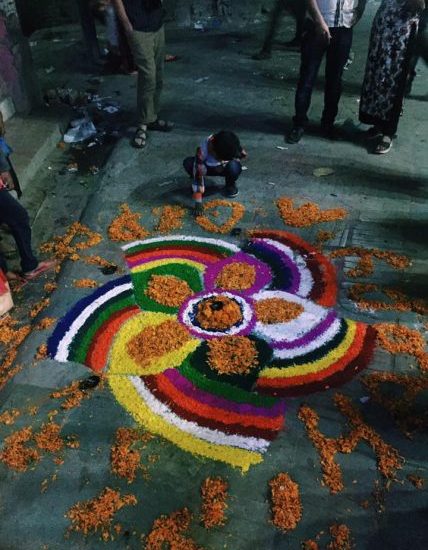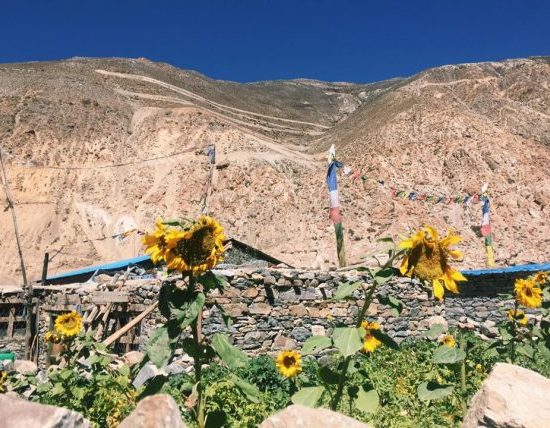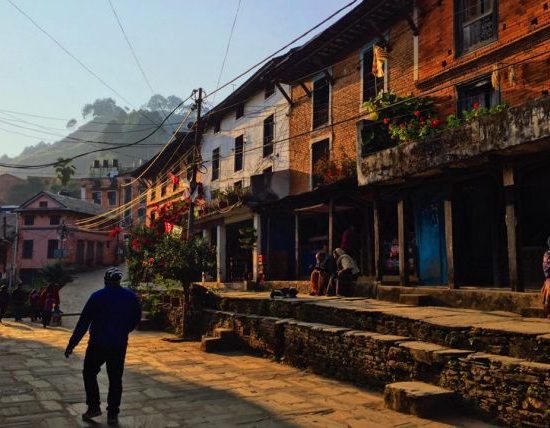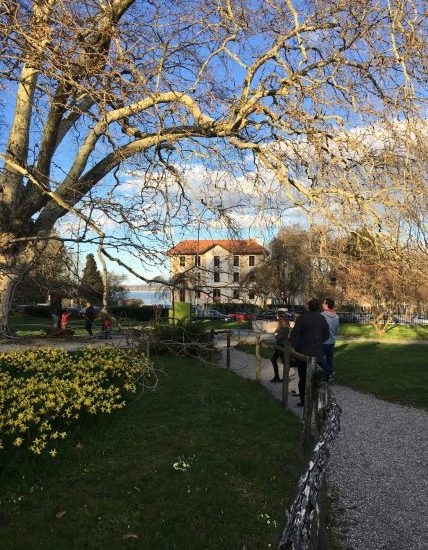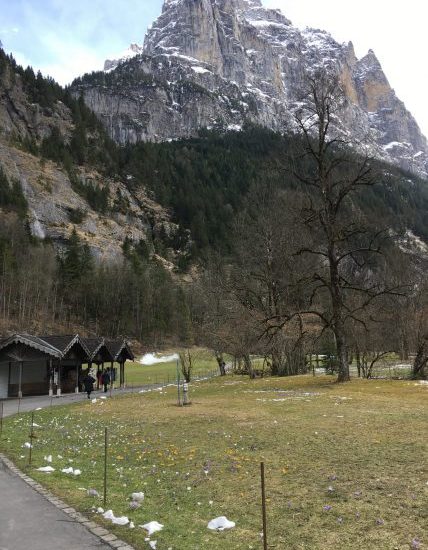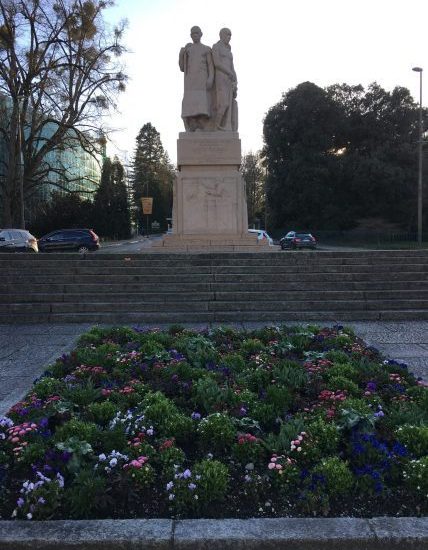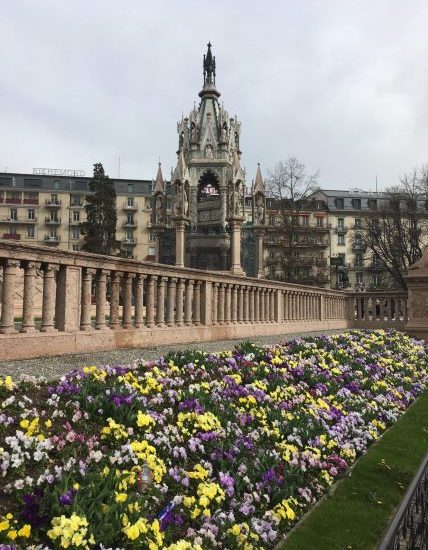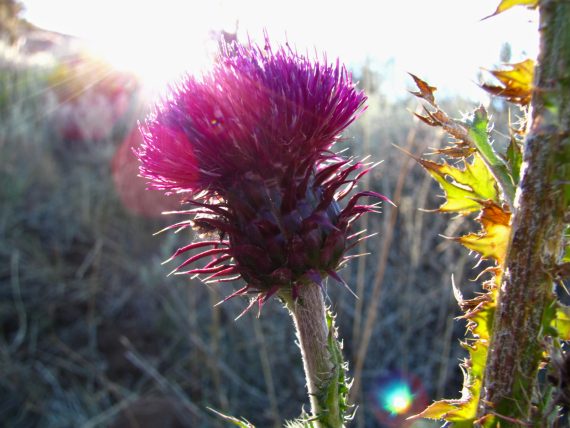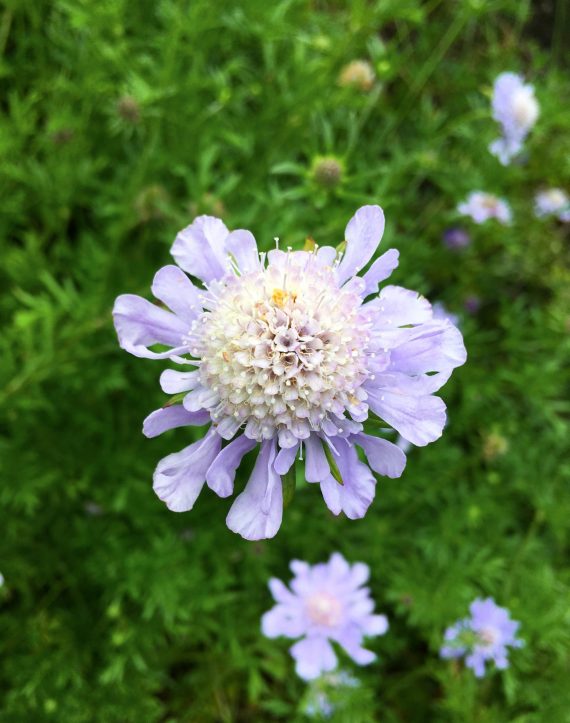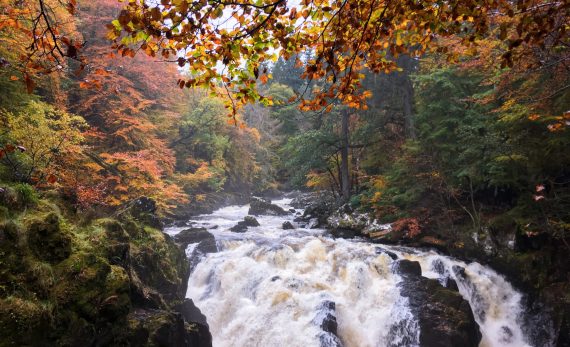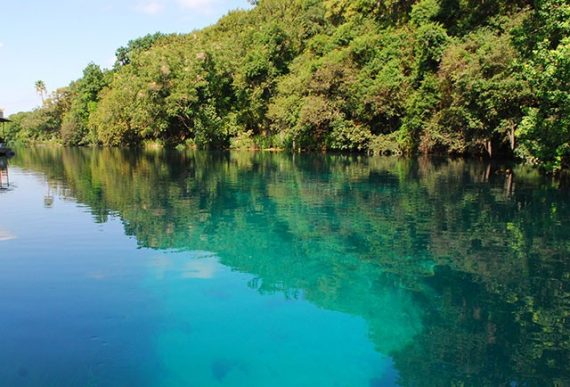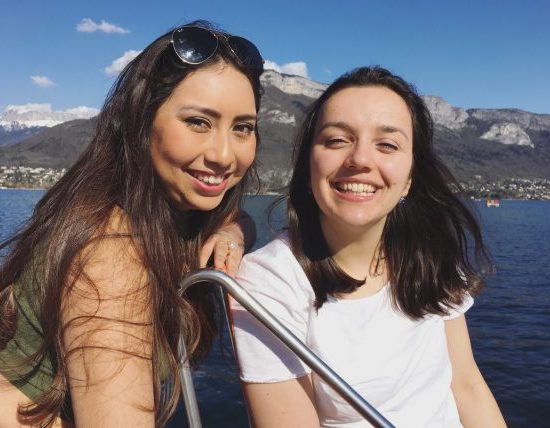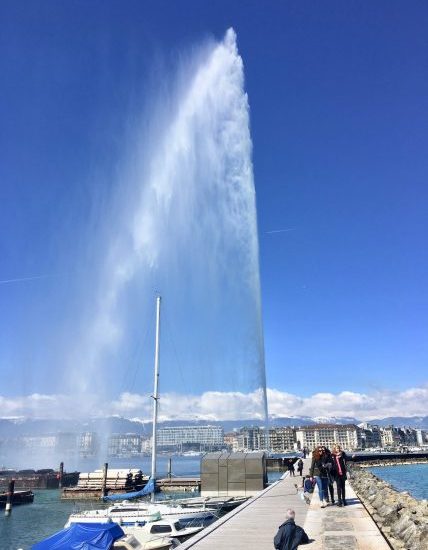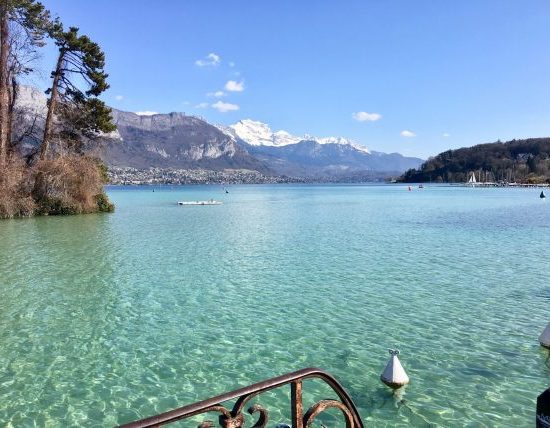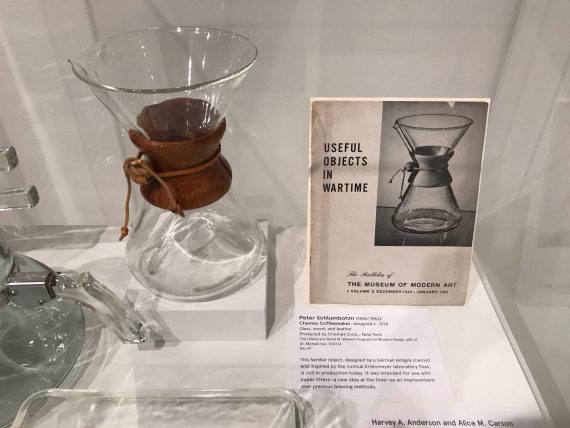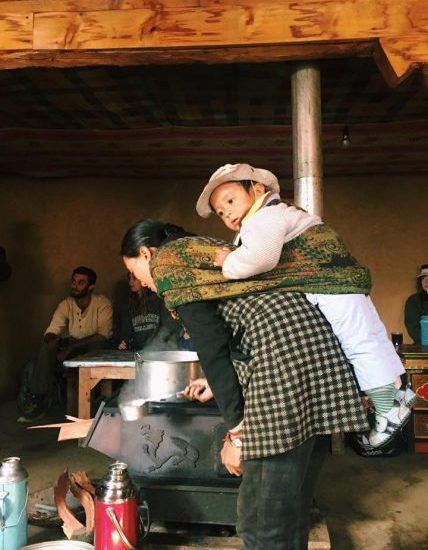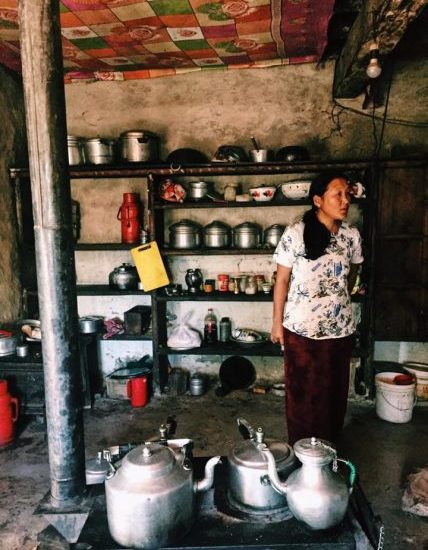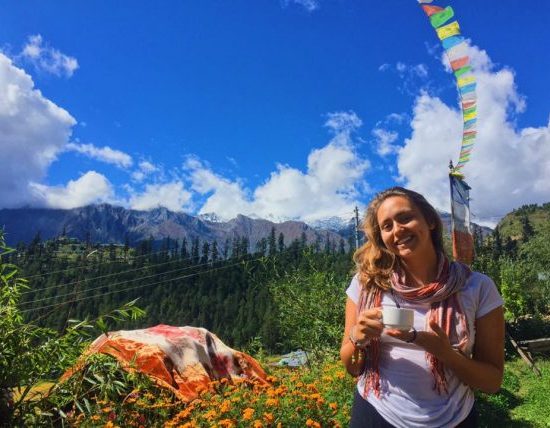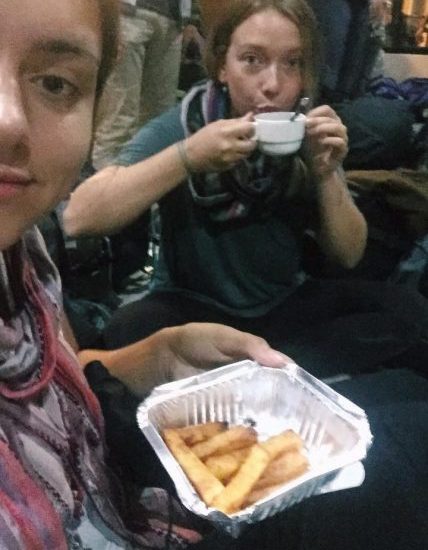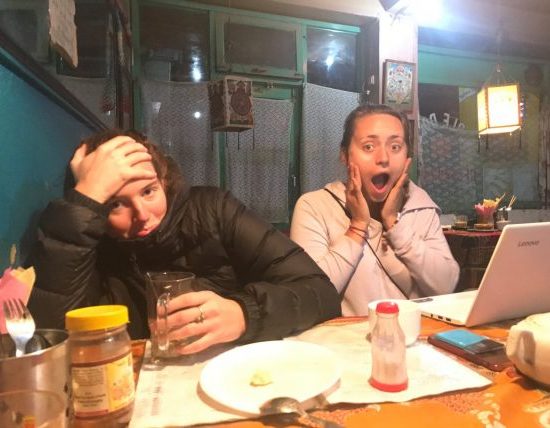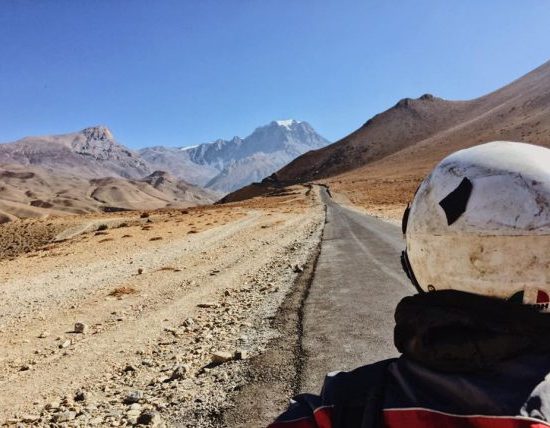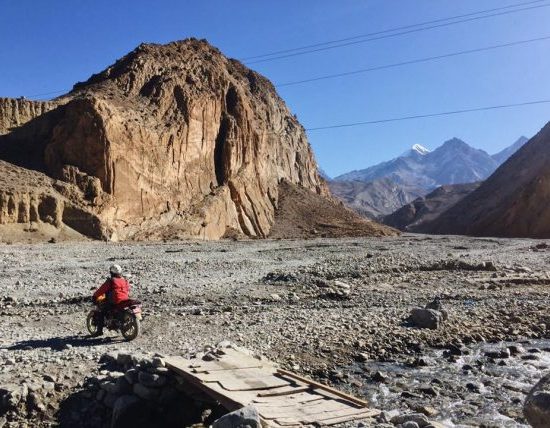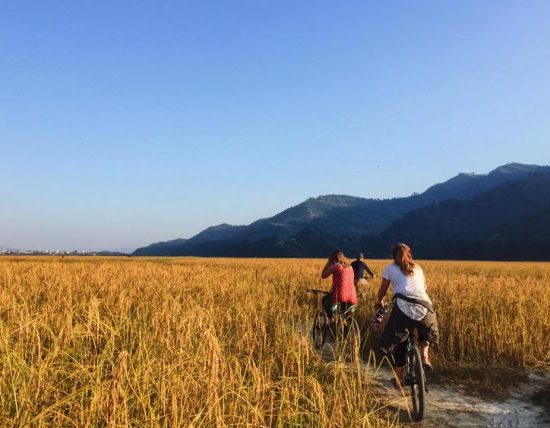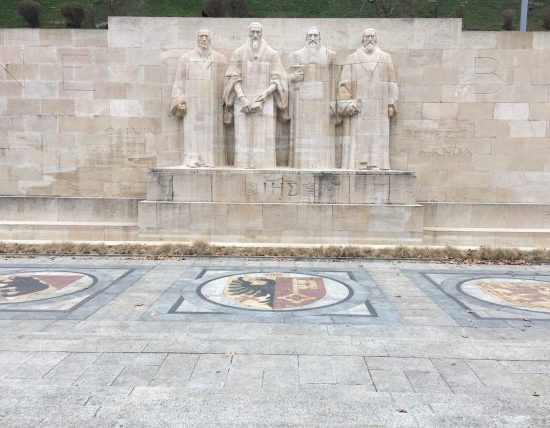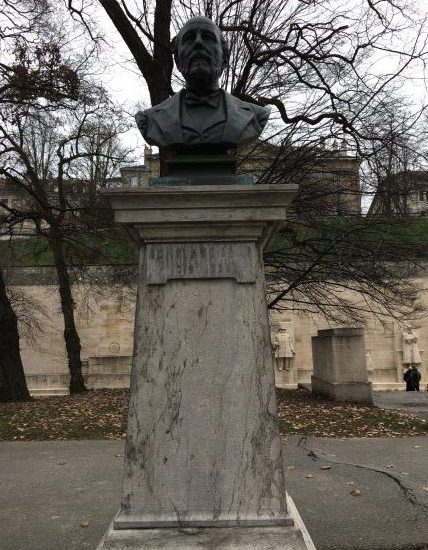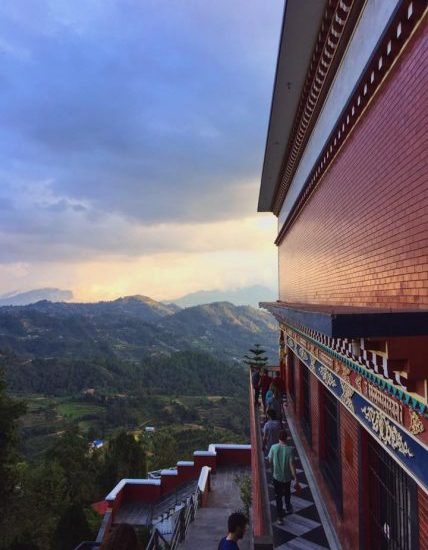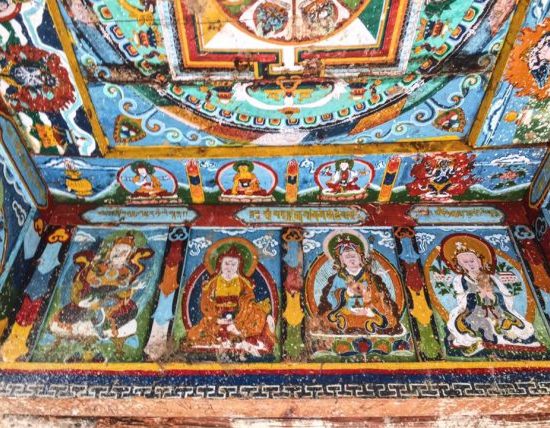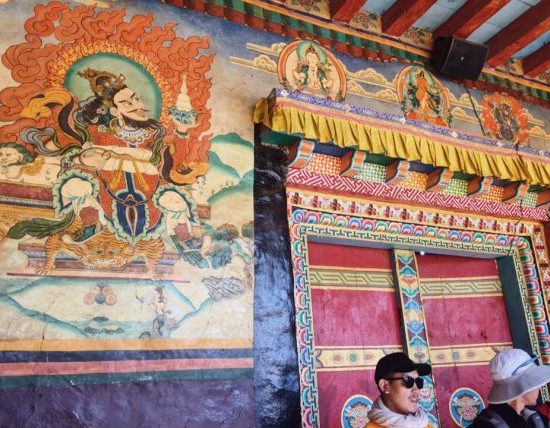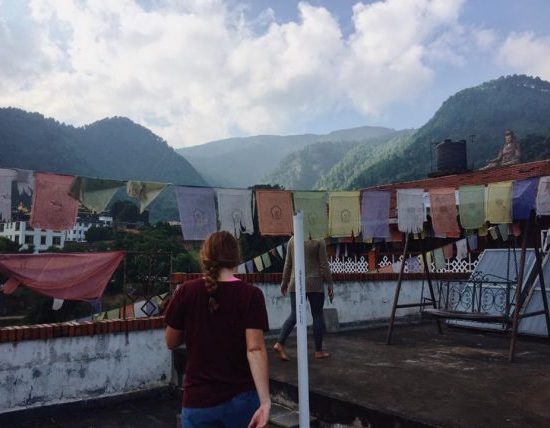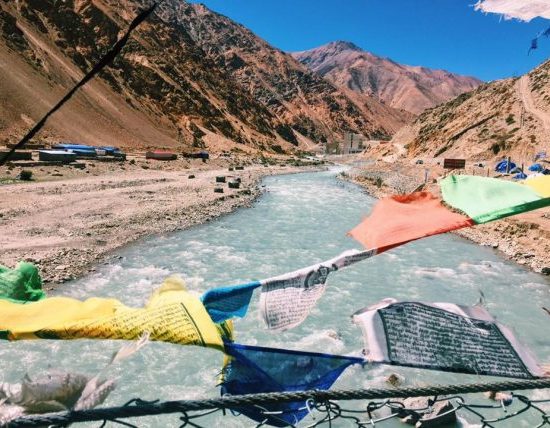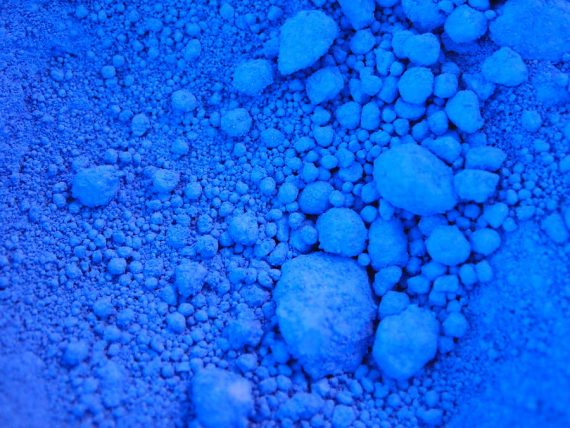
Week 10: Color
As we end this year’s run of TBS Abroad, here is a simple task. Find some of the pictures that you feel have the best colors and tell us about them. What emotions do these colors evoke and how are the a reminder of the experience you have had while abroad?
Thank you for coming on this journey with us! We hope you enjoyed!
Oneida Shushe
I’m genuinely so thankful for my semester in Geneva and for the opportunity to reflect on my experiences here. I’ve learned:
-to think more analytically
-to write more clearly and concisely
-how to travel independently
-how to speak some French
-quite a bit about the World Health Organization
-that despite all the kinds of cheese I’ve tried, feta is still my favorite
I’ve included colorful pictures of me in front of the flags of the world, in front of a colorful painting, of colorful cars, and a beautiful sunset in Geneva. I look forward to the spring bringing out Switzerland’s colors in nature. It will be difficult to leave the country in all its beauty in June.
Thank you for reading!
Micah Dirkers
As we wrap up this series of TBS: Aboard posts, I will look from the 10,000ft view at my experience abroad through three photographs which encapsulate—in a very brief way that cannot show all the nuances of my experience—my time abroad. I will focus on the on the three seasons I encountered in Scotland: sun, rain, and snow (which really stand for summer, autumn, and winter), expressed through a group of three images showcasing the colors of green, taupe, and white, respectively.
Arriving in Scotland in early September, I was able to feel the warm sun (Yes, that is actually a thing in Scotland, albeit short-lived) during the month of September and the energy that light brought to the surrounding people and plants. Given the short growing season in Scotland and the abundant moisture, vegetation can become very lush, very dense, and very green. Green has traditionally been seen as the color of life, vitality, renewal, nature, the environment, and energy. Naturally, in the city of Edinburgh, I experienced what green represents through the foods of fresh green grapes and hearty green lettuce. Even outside of the city of Edinburgh (and other Scottish cities), Scotland is covered in a very dense blanket of emerald green vegetation which reminds its inhabitants the surrounding nature—a foundation which sustains life of many types. And during my experience there, exploring the dense forests and the green hills truly did immerse me in this vitality and elicited feelings of freshness and connection. This is epitomized in the picture below—sheep grazing on the lush, green grass while soaking up the late summer warmth on a sheep farm. So, too, did I soak up the sun for the short time it was regularly visible, exploring many of the green forests and fields in Scotland during my stay there.
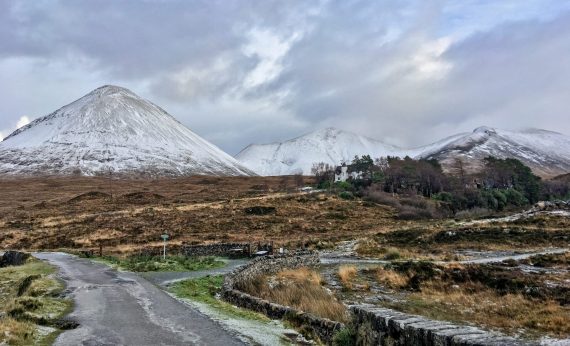
Into the end of September and until the end of November, autumn dawned on Scotland, bringing with it colder temperatures and precipitation. Whereas the summer light was more golden in tone, the light which accompanied autumn which more muted and grey in tone, perhaps due to the frequent cloud cover. Traditionally, grey has been associated with being formal or sophisticated (positively), neutral, dingy or depressed (negatively). While the lack of light in Scotland during this season may influence depression in some people, my experience of it was one which drew out the architectural details and the historical features of the buildings. Interestingly, this light and color had the effect of complimenting rather than blurring much of the architecture in Edinburgh and other Scottish cities, as much of the stone used is a taupe, with some variations being more grey and other being more brown. I remember one evening when I looked out my window and saw a mix of grey clouds and rain falling gently against the taupe building adjacent to my apartment. While this was one scene of many, this color to me represented a flow of time that has been moving for hundreds of years, a snapshot of which I saw abroad; yet it also was a feeling of neutrality and acceptance of seeing things unfold on their time frame with natural beginnings and conclusion—just as my experience abroad did.
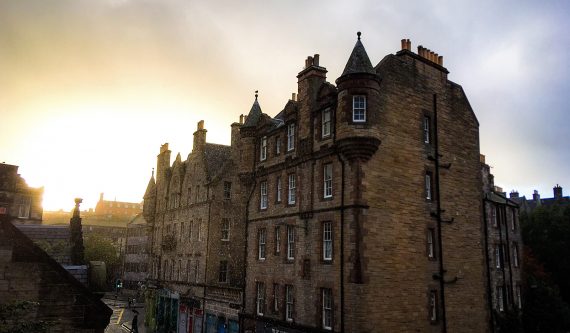
Transitioning into winter during late November and early December, the previously brown(ish) and green city of Edinburgh and land called Scotland became more white, shifting from darker greys to lighter greys to white towards the end of my stay as more snow fell. The color white has traditionally been associated with safety, surrender, purity, cleanliness, and rebirth. The further into winter we progressed, transitioning from November to December, the more rain became snow which dusted the city of Edinburgh and blanketed the hills of Scotland—signifying that the green leaves which coated the trees in the fall have fallen to allow for the fresh leaves to be reborn in the spring. Indeed, this is what I witnessed during my travels to the Highlands in December, where an abundance of snow and ice were to be found. Thus, I would have to say that white could also represent the cold—or elicit a certain stillness, if you prefer—where dormant life waits until conditions are more ideal for its emergence. However, when the sun comes out from what seems to be perpetual cloud cover in the winter, the snow glistens and reflects all the colors, allowing one to appreciate the beautiful and stillness of the white winter season.

To conclude, none of this travel, not one of the plants, nor I would have been possible or alive without that orb of light in the sky, our own sun, which I wanted to feature here in all my photos—a constant throughout the seasons and the ages. For the different vibrations of this light from the sun contain in it all the colors of the physical spectrum which give diversity, depth, and richness to our visual construction of the world—a richness that you can understand more fully by traveling abroad to different places on this beautiful planet.
Jenny Lundt
I have loved writing this series because it is a weekly reminder being back at Colgate of all of the amazing memories I had in Nepal. All of the pictures I have included over these weeks have been some of my happiest moments in my life. I am so thankful of the opportunity I had those 4 months and I will keep the memories in my heart forever. Go abroad while you can and go see the world !!!



